Scientists at St. Jude Children’s Research Hospital determined structures of a transporter protein involved in the movement of neurochemicals such as serotonin and dopamine, unearthing multiple mechanisms that can guide drug development.
Tag: cryo-EM
IIT Kanpur researchers visualize communication of G-protein coupled receptors, paves way for new drug discovery
Study by IIT-Kanpur researchers published in the prestigious international journal Molecular Cell unravels a previously unknown mechanism that regulates an important class of drug targets known as G protein-coupled receptors
SLAC/Stanford researchers discover how a nano-chamber in the cell directs protein folding
A landmark study by researchers at the Department of Energy’s SLAC National Accelerator Laboratory and Stanford University reveals how a tiny cellular machine called TRiC directs the folding of tubulin, a human protein that is the building block of microtubules that serve as the cell’s scaffolding and transport system.
New cryo-EM images taken at UTSW shed light on Wnt signaling
Using UT Southwestern’s Cryo-Electron Microscopy Facility, researchers have captured images of an enzyme for Wnt lipidation, which is pivotal to human development and cancer and crucial for Wnt signaling activation. The findings, reported in Nature, shed light on the mechanisms behind this activity and could eventually lead to new drugs to treat various malignancies.
Rethinking the rabies vaccine
Rabies virus kills a shocking 59,000 people each year, many of them children. In a new study, researchers from La Jolla Institute for Immunology and Institut Pasteur share a promising path to better vaccine design.
A fast, accurate system for quickly solving stubborn RNA structures from pond scum, the SARS-CoV-2 virus and more
Naked RNA molecules are too floppy for high-res 3D imaging, but a system developed at SLAC and Stanford fixes that. It reveals detailed RNA structures from a pond scum critter and COVID-19 virus.
A fast, accurate system for quickly solving stubborn RNA structures from pond scum, the SARS-CoV-2 virus and more
Naked RNA molecules are too floppy for high-res 3D imaging, but a system developed at SLAC and Stanford fixes that. It reveals detailed RNA structures from a pond scum critter and COVID-19 virus.
How COVID-19 Wreaks Havoc on Human Lungs
Scientists have published the first detailed atomic-level model of the SARS-CoV-2 “envelope” protein bound to a human protein essential for maintaining the lining of the lungs. The findings may speed the search for drugs to block the most severe effects of COVID-19.
Researchers discover long-sought mechanism behind most severe cases of a common blood disorder
G6PD deficiency affects about 400M people worldwide and can pose serious health risks. Uncovering the causes of the most severe cases could finally lead to treatments.
January Issue of SLAS Discovery Features “Cryo-EM: The Resolution Revolution and Drug Discovery”
The January edition of SLAS Discovery features the cover article, “Cryo-EM: The Resolution Revolution and Drug Discovery” by Taiana Maia de Oliveira, Ph.D., Lotte van Beek, Ph.D., Fiona Shilliday, Ph.D., Judit E. Debreczeni, Ph.D., and Chris Phillips, Ph.D., from AstraZeneca.
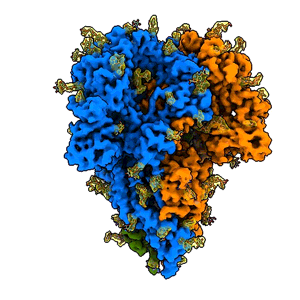
Scientists get the most realistic view yet of a coronavirus spike’s protein structure
The first detailed images of coronavirus spikes in their natural state, while still attached to the virus and without using chemical fixatives that might distort their shape, provide quicker, more realistic snapshots of the infection apparatus.
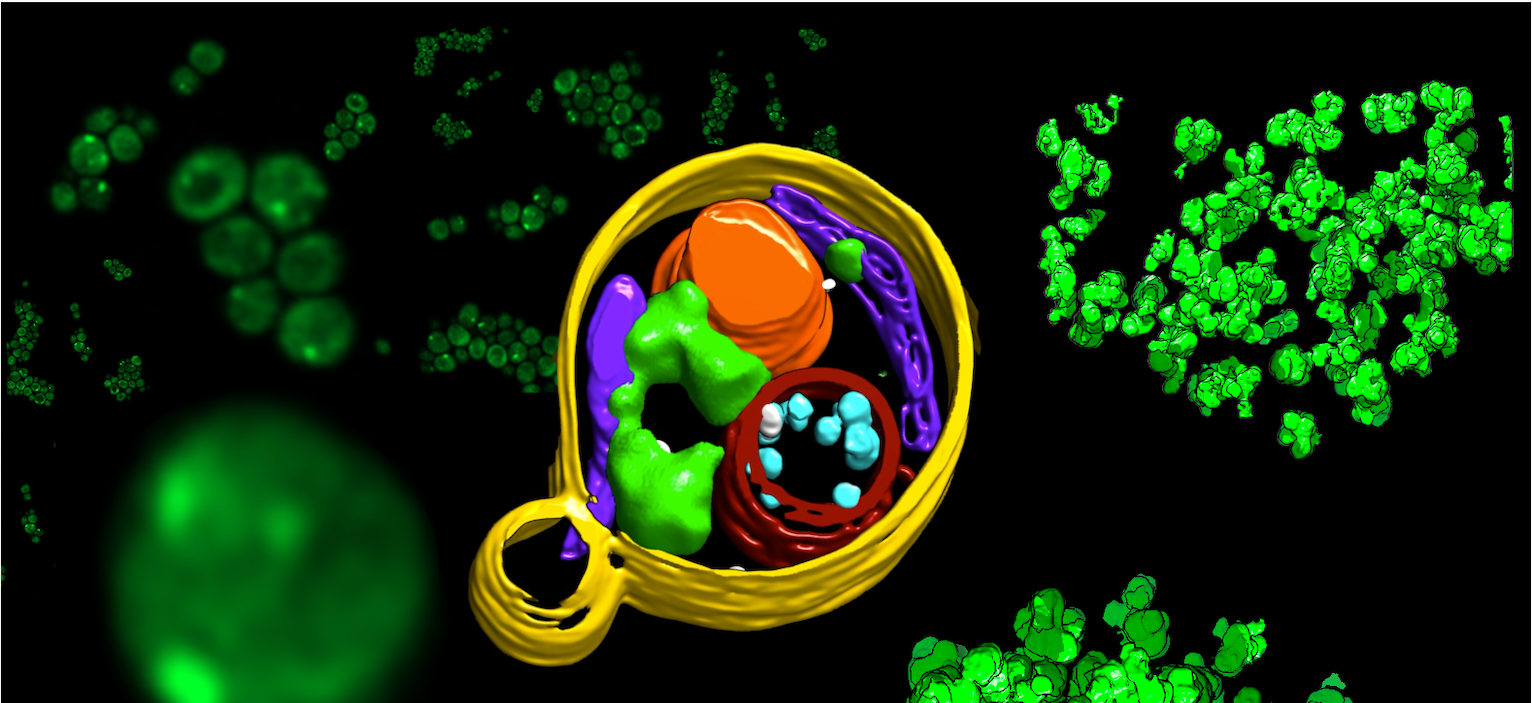
SLAC, Stanford to host national service center for cryo-ET sample preparation
The NIH is establishing a national service center at the SLAC and Stanford where biomedical researchers can learn how to prepare extremely thin specimens that are frozen into a glassy state for cryogenic electron tomography (cryo-ET), a powerful tool for directly visualizing cellular components in 3D.
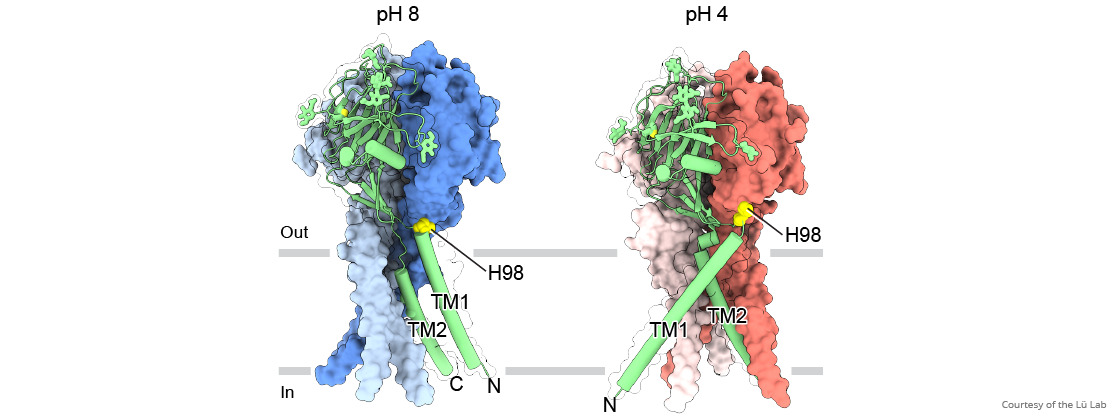
Near-atomic ‘maps’ reveal structure for maintaining pH balance in cells
GRAND RAPIDS, Mich. (Nov. 4, 2020) — For the first time, scientists have visualized a new class of molecular gates that maintain pH balance within brain cells, a critical function that keeps cells alive and helps prevent stroke and other brain injuries.
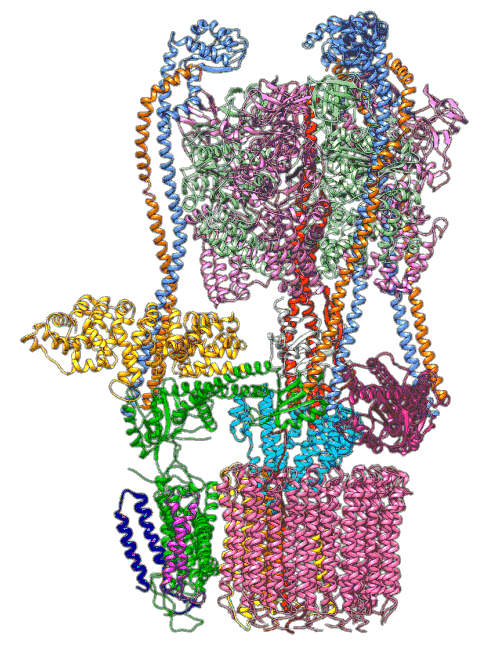
First detailed look at how molecular Ferris wheel delivers protons to cellular factories
All cells with nuclei, from yeast to humans, use molecular machines called protons to regulate the acidity of compartments called organelles where various types of work are done. A new study reveals a key step in how these Ferris wheel-like pumps operate.
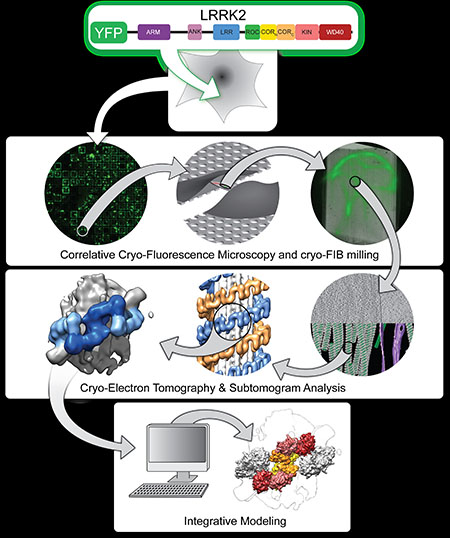
Leading-edge Technology Unmasks Protein Linked to Parkinson’s Disease
Parkinson’s is a neurological disorder that progressively attacks motor functions, leading to lasting damage in movement and coordination. Researchers studying the primary causes of the disease have focused on mutations of the protein known as leucine-rich repeat kinase 2, or LRRK2.

Researchers map out intricate processes that activate key brain molecule
For the first time, scientists have revealed the steps needed to turn on a receptor that helps regulate neuron firing. The findings might help researchers understand and someday treat addiction, psychosis and other neuropsychological diseases.
Kawate lab unveils structure of major membrane protein
In a paper published on Feb 12 in the journal eLife, Dr. Toshimitsu Kawate, associate professor in the Department of Molecular Medicine and his team reveal the form of pannexin1, a cellular membrane protein present in all vertebrates. With the size, shape and formation of this protein revealed for the first time, scientists can get closer to fine tuning new therapies for a multitude of diseases, including chronic pain, infertility and cancer.
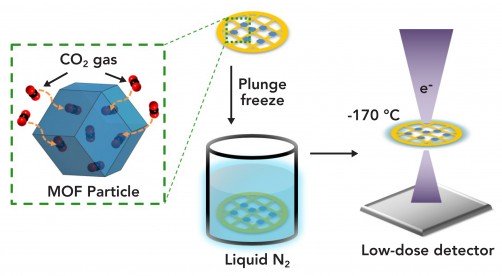
First Snapshots of Trapped CO2 Molecules Shed New Light on Carbon Capture
A new twist on cryo-EM imaging reveals what’s going on inside MOFs, highly porous nanoparticles with big potential for storing fuel, separating gases and removing carbon dioxide from the atmosphere. Menlo Park, Calif. — Scientists from the Department of Energy’s…